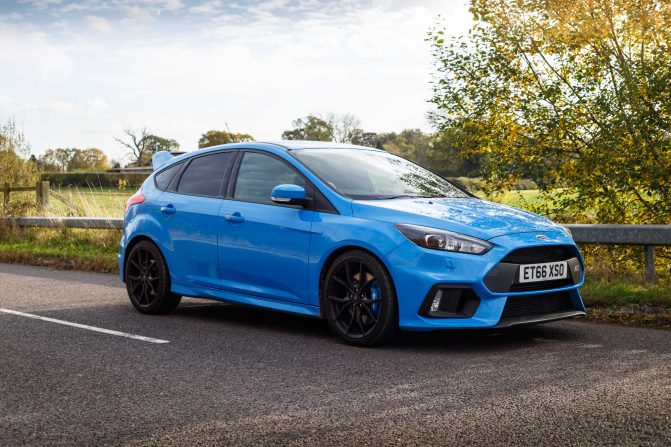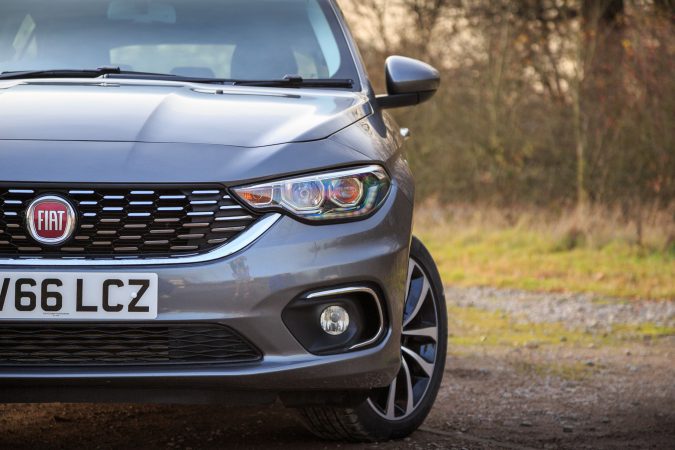Ever had your car break down in the worst place at the worst time?
Maybe it was on a dark road with no shoulder. Or in the middle of rush hour traffic while your GPS insisted, “You’ve arrived.” At that moment, you don’t care about your to-do list or your phone’s battery life. You care about one thing: getting help.
In situations like that, three words rise to the top—speed, safety, and service. They sound simple, almost like a company slogan. But when you’re stranded on the side of the road, they’re everything. How fast someone gets to you. How safe you feel waiting. And how well the problem gets fixed.
These aren’t just personal concerns. They reflect a larger shift happening across industries. We live in an on-demand culture. We want everything faster and easier. From groceries to medical consults, if it’s not efficient, we question it. Roadside assistance is no different.
In this blog, we will share how the expectations around roadside support are changing, why speed and safety are now non-negotiable, and what smart service looks like when you’re stuck in a stressful situation.
When Fast Is Not Fast Enough
Let’s face it—time drags when your hazard lights are blinking.
It doesn’t matter if you’re on a quiet backroad or a busy interstate. Waiting for help can make ten minutes feel like an hour. That’s why response time matters so much. It’s not just about convenience. It’s about reducing risk.
Flat tires, dead batteries, and engine trouble are rarely predictable. And unfortunately, they often happen in the most inconvenient spots. Fast response is more than a courtesy—it’s a safety feature.
That’s where technology steps in. More drivers today are choosing services that provide real-time tracking, updates, and instant access to help—something like Uber roadside help. These mobile-first platforms give drivers live location info, estimated arrival times, and confirmation that someone is truly on the way.
This shift isn’t just about speed. It’s about reducing stress. It’s knowing you won’t be left in the dark, literally or figuratively. And it’s turning what could be a chaotic experience into something manageable.
Of course, fast isn’t helpful unless it’s accurate. There’s a difference between showing up quickly and showing up ready.
Safety Starts Before Help Arrives
You might think safety only kicks in once the tow truck gets there. In reality, it starts the moment you realize something’s wrong.
When your vehicle breaks down, you’re vulnerable. You’re exposed to traffic, to weather, and to uncertainty. That’s why the initial moments matter. Not just how fast someone shows up—but how well you’re supported while you wait.
Good roadside support makes you feel safe before anyone even arrives. That means clear instructions or a call or text to confirm your request. Reassurance that help is on the way and who is coming to assist.
When help does arrive, safety stays the priority. You want professionals who know how to secure the area, who work with focus and who treat your situation seriously, even if it’s “just” a flat.
And let’s not forget emotional safety. Breaking down can be scary. Good service isn’t just about lifting your car—it’s about lifting some of the stress off your shoulders too.
Service Isn’t a Bonus. It’s the Whole Point.
It’s easy to assume that if someone shows up, the job is done. But real service means solving the problem.
Did the technician listen to your concerns? Did they explain what they were doing? Did they offer solutions, not just services? These are the details that turn a transaction into trust.
True service is proactive. It anticipates needs. Maybe you’re stuck in the rain and don’t have a jacket. Maybe you have kids in the back seat or groceries melting in the trunk. Service means recognizing the moment and responding like it matters—because it does.
People remember how they were treated during high-stress situations. A calm voice, a clear explanation, a little patience—it all counts. In fact, it’s what most people talk about afterward, more than the actual fix.
And let’s talk about cost. Transparency is part of service too. No hidden fees. No vague promises of “we’ll see once we get there.” Just honest, up-front information that respects your time and your wallet.
Where Roadside Trends Are Headed
There’s a reason roadside support is evolving so quickly. It’s responding to how people live now.
More drivers are solo. More vehicles are electric. More people are using smart devices to manage everything from heating their homes to getting lunch delivered. So when your car breaks down, the expectation isn’t a long hold on the phone. It’s one tap to fix the problem.
Apps that streamline the process are becoming the norm. But they’re not replacing humans. They’re supporting them. A good app doesn’t mean less connection—it means better communication.
The best companies combine both. Tech that tracks, updates, and confirms. And humans who care, show up, and solve.
This hybrid model is the future. Not just because it’s efficient, but because it reflects what people actually need when they’re stressed: fast action, clear answers, and a personal touch.
What Drivers Can Do Now
You can’t control when your car will give you trouble. But you can control how prepared you are.
Look into your roadside support options before you need them. Read reviews. Compare plans. Understand what’s covered—and what’s not.
Keep basic safety gear in your car. Reflective triangles. A working flashlight. A phone charger. These little things make a big difference.
And most importantly, trust your instincts. If something feels wrong—pull over. If something feels unsafe—call for help right away.
The right support team can make a frustrating moment feel a little less scary. The wrong one can make everything worse.
A Better Way Forward
We all want smooth drives. No breakdowns. No surprises. But when things go wrong, the response makes all the difference.
Fast isn’t enough without care. Safe isn’t enough without communication. And service isn’t service unless it solves the problem.
That’s the new standard. And it’s a good one.
Because when you’re stuck on the side of the road, what you really want is to feel like someone’s got your back. Not just a service—but support. Not just speed—but peace of mind.
That’s what matters most on the road.


